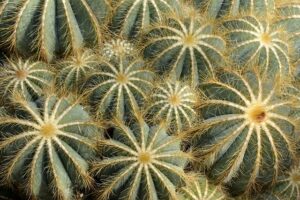What is Vegetative Design?
Vegetative design is an approach to landscape design that focuses on the use of plants and other living material to create outdoor environments. This type of design is often seen in urban areas as a means of beautifying the area while also providing environmental benefits such as reducing air pollution and reducing the urban heat island effect.
Benefits of Vegetative Design
Vegetative design has numerous benefits for both people and the environment:
- Beautification: Vegetative design can turn a barren landscape into a living, vibrant oasis.
- Reduce air pollution: Plants absorb pollutants from the air, such as carbon dioxide and ozone, helping to reduce air pollution.
- Reduce urban heat: Vegetation will help reduce the so-called urban heat island effect, which is when a built up area has a much higher temperature than the surrounding area due to a lack of vegetation.
- Habitat: Plant life provides a habitat for a wide range of wildlife, such as birds and insects.
- Soil stability: Trees and plants help to hold the soil in place, reducing the chances of landslides.
Examples of Vegetative Design
Vegetative design can take many forms. Examples include:
- Tree Planting: Planting trees and shrubs can form a border or act as a windbreak.
- Grass Lawns: Grass lawns can be used to add texture and colour to a space, and also act as a buffer against noise pollution.
- Raised Planters: Raised planters can be used to create a miniature rainforest, and also provide a place for more sensitive and delicate plants.
- Permeable Paving: Permeable paving, such as gravel or grass, can help to absorb water during heavy rainfall and reduce the risk of flooding.
Conclusion
Vegetative design is a great way to add beauty and life to an outdoor space while also offering numerous environmental benefits. With careful planning, the right plants and materials can be used to create an outdoor living environment that is both aesthetically pleasing and beneficial to the environment.






